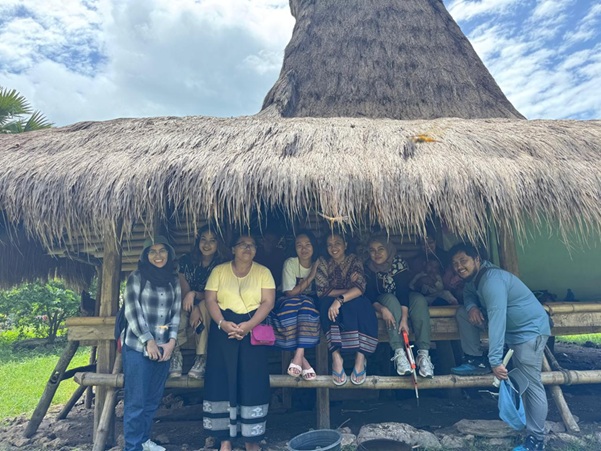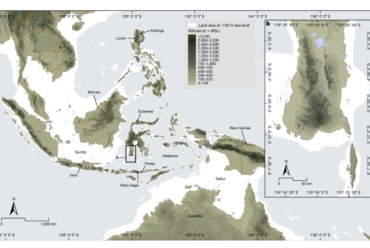Mapping of Women’s Access Space in Kadoku Traditional Village, West Sumba
Space for indigenous women is a physical space to live, do activities, and carry out their roles and responsibilities in the community. The existence of this space is often limited by norms and traditions that have been passed down from generation to generation. The Community Service Team from the Faculty of Earth Sciences and Technology (FITB) - Bandung Institute of Technology (ITB) together with the Faculty of Cultural Sciences (FIB) - University of Indonesia (UI) attempted to map and document the access space for indigenous women in Kadoku Village, Weimangoma Village, Wanokaka District, West Sumba Regency, East Nusa Tenggara. This study aims to understand the complex dynamics between gender, culture, and environment, and how these factors interact with each other in the daily lives of Sumbanese indigenous women.
Research Team and Methodology
This research team was led by Dr. Alfita Puspa Handayani from FITB-ITB and Asri Saraswati, S.Hum., M.Hum., Ph.D from FIB-UI, with support from experts in various fields, including:
Ir. Alfend Rudyawan, S.T, M.Sc., M.T., Ph.D. (Geology Expert-ITB)
Dr. techn. Nabila Sofia Eryan Putri, S.T., M.T. (Atmospheric Geodesy Expert-ITB)
Diah Kartini Lasman, M.Hum. (Cultural Studies Expert-UI)
Wina Aprilia Tirtapradja, M.A. (Cultural Studies and New Media Literacy Expert-UI)
With a multidisciplinary approach, this study uses aerial photography, field delineation, and in-depth interviews to map spaces that can be accessed by Kadoku indigenous women. The results found that although there are taboo spaces that cannot be entered by women, they actually create new spaces to empower themselves through various activities such as weaving, farming, raising livestock, and planting medicinal plants.
Kadoku Indigenous Women: Empowered in Disadvantages
In Kadoku Village, women have a significant social role. They are depicted as equals, such as the presence of ornaments symbolizing Father and Mother (Male and Female) placed in pairs on the tower of their traditional house. The wife of the traditional leader, called rato Perempuan, has an important role in every planning of traditional events, from weddings, deaths, to major annual rituals such as Pasola. Despite the limitations of space in custom, women are still able to find a way to contribute to their community.
Another interesting fact is how Sumba's geological and atmospheric conditions influence settlement patterns. Houses are built on hills not only for defense reasons, but also because of the characteristics of karst rocks that are rich in water. This rock structure is able to store rainwater, so that even though they are far from the river, the community can still meet their water needs.
Next Steps: Digital Preservation and 3D Mapping
As a follow-up, the Community Service team from ITB and UI plans to develop 3D digital mapping for the purpose of cultural heritage preservation. Through this mapping, it is hoped that a deeper understanding of the interaction between space, culture, and gender in the Sumbanese indigenous community can be realized. More than just documentation, this research is also expected to be the first step for further studies involving various disciplines to encourage more inclusive policies towards the role of women in preserving their cultural heritage and environment.
Hits: 3






